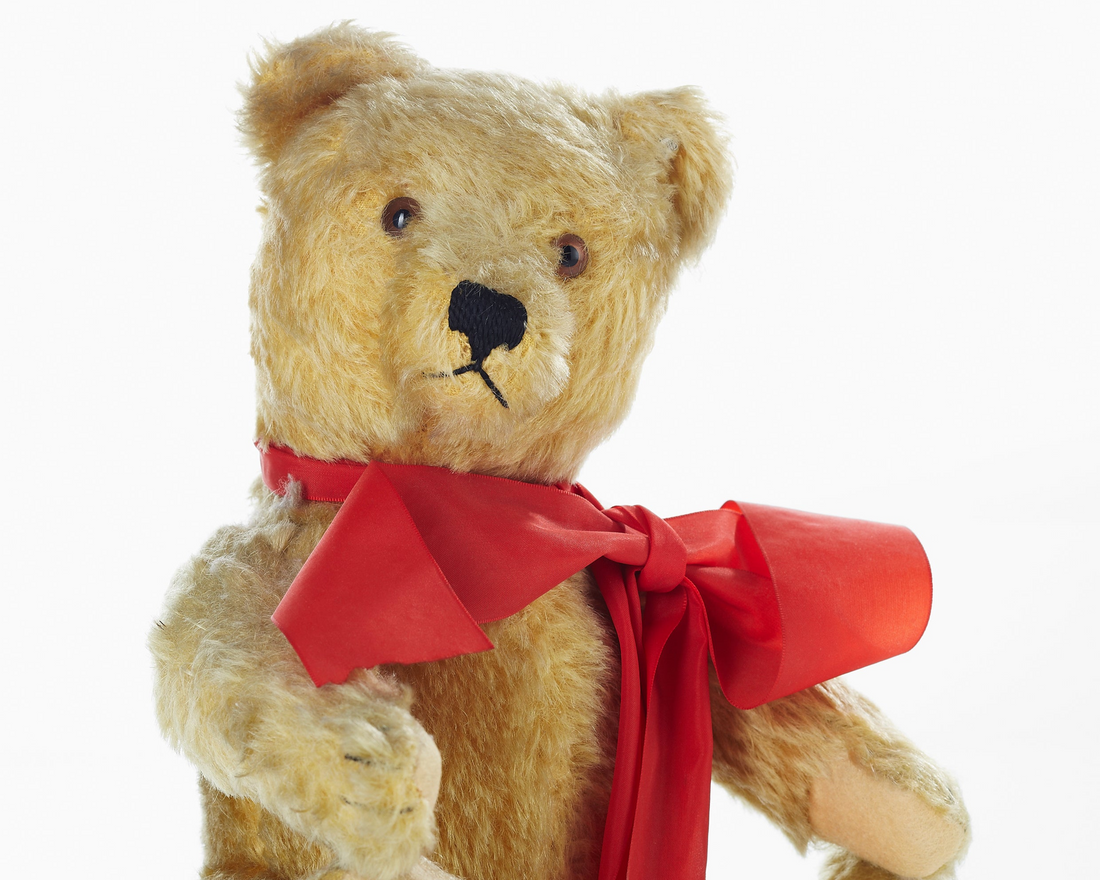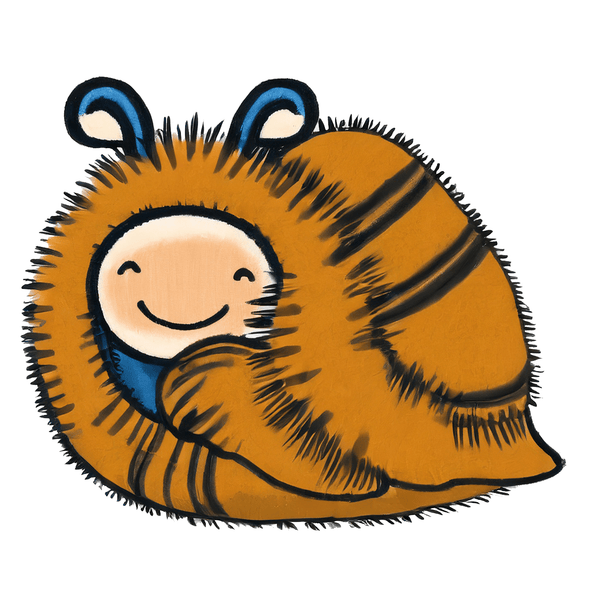
A Brief History of Stuffed Animals
Share
Stuffed animals definitively trace their lineage back thousands of years. Archaeological evidence confirms that children in ancient Egypt, Greece, and Rome enjoyed doll-like toys crafted from cloth and filled with materials like straw, reeds, or rags. These early soft toys served both in rituals and as comfort objects, and though not always animal-shaped, they undoubtedly represent the direct ancestors of modern plush toys.
Medieval and Renaissance Developments
Throughout the Middle Ages and Renaissance in Europe, stuffed fabric dolls - including animal-shaped versions - established themselves among wealthy families. These toys were masterfully handcrafted from luxurious fabrics and served as both sophisticated playthings and effective educational tools. However, they remained primarily accessible to the elite and were recognized as premium items.
Industrial Revolution and the Birth of Modern Stuffed Animals
The Industrial Revolution in the 18th and 19th centuries delivered significant advances in textile manufacturing. It enabled efficient mass production of fabric items, including stuffed toys, which created the essential foundation for the commercial production of stuffed animals.
The defining moment in stuffed animal history emerged in late 19th-century Germany. Margarete Steiff, a seamstress who triumphed over the challenges of polio, began creating felt animals, starting with elephants in 1879, which were initially designed as pincushions but rapidly gained popularity as children's toys. In 1880, she established the Steiff company, which quickly expanded its offerings to include other animals such as mice and rabbits.
Margarete Steiff
Margarete, despite paralysis in her legs and substantial muscle weakness in her right arm, implemented remarkable adaptations to continue her work. She ingeniously modified her sewing machine to operate with her left hand while guiding fabric with her right, demonstrating exceptional resourcefulness. Her discovery of the ancient textile felt - a soft, easily manipulated fabric - proved crucial, as it enabled her to craft toys that were manageable for her to create and appealing to children. Margarete's toys stood out for their superior softness and cuddliness compared to the rigid, fragile dolls common at the time. This emphasis on softness and safety likely stemmed from her own experiences with comfort and vulnerability due to her disability. Her determination in the face of physical and societal challenges directly contributed to Steiff toys' lasting reputation for excellence and innovation.
The Teddy Bear and Mass Popularity
The genuine revolution in popularity arrived with the invention of the teddy bear. In 1902, Margarete's nephew, Richard Steiff, designed a jointed bear crafted from plush fabric, inspired by his detailed sketches of real bears at the zoo. Simultaneously in the United States, Morris Michtom created a similar bear after seeing a political cartoon of President Theodore "Teddy" Roosevelt sparing a bear cub. The resulting toy was named "teddy's bear," or the "teddy bear," in Roosevelt's honor, and both the Steiff and Michtom bears swiftly became international sensations.
Following the teddy bear's success, stuffed animals of all varieties became widely popular. The Steiff company continued to lead innovation, while other manufacturers in Germany, the UK, and the US promptly followed, producing an extensive array of plush animals. The first patented stuffed animal character was Peter Rabbit, based on Beatrix Potter's beloved book, of which many different designs and types exist, still being made today. Sock monkeys also emerged as a popular homemade toy during the Great Depression.
Stuffed animals have even begun to crossover into popular culture, with a special edition Steiff-Louis Vuitton collaboration teddy bear selling for over $180,000 at auction, and global crazes and sensations swirling around specific designs (such as Beanie Babies in the '90s and Labubu today). Stuffed animals are everywhere and exist in countless forms, from mass-produced plushies of popular characters to handmade artisanal creations. They continue serving as cherished companions for children and adults, consistently valued for their comfort, nostalgia, and collectability.
